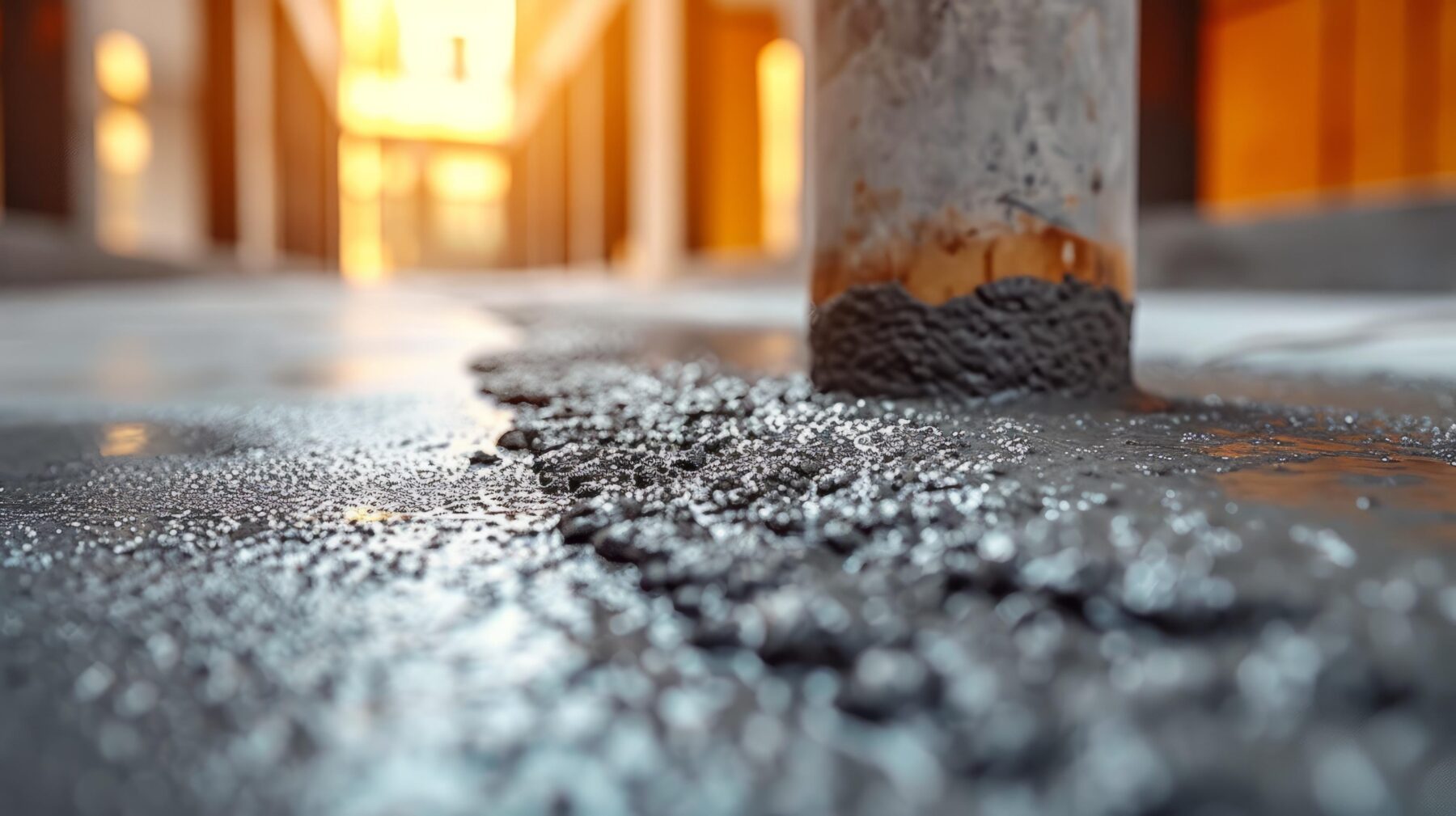The Role of Aggregates in Strengthening Concrete Structures
July 31, 2024

Modern building mostly consist of concrete since it provides strength, durability, and adaptability. The strong character of this material is directly related to aggregates, which are also very important for improving its structural integrity. Examining the importance of aggregates in concrete helps one better appreciate how they affect building performance and quality.
Aggregate Fundamentals
Granular components such as sand, gravel, crushed stone, or recycled concrete are mixed into concrete. They act as fillers, therefore lowering the required amount of cement and greatly increasing the volume of the mixture. The qualities of aggregate that affect concrete are extremely important and affect its strength, durability, workability, and general performance.
Kinds of Aggregates
Materials, size, and shape define the groups of aggregates. Usually ranging in size from 5mm to 50mm, coarse aggregates—such as gravel or crushed stone—offer the main building block for concrete. Like sand, fine aggregates fill in the voids between coarse aggregates, therefore improving the density of the mixture.
Aggregates, material-wise, might be man-made or natural. Natural aggregates come from rivers, sea beds, and quarries; artificial aggregates are created from industrial byproducts like slag or recycled concrete. Every kind adds special qualities to the concrete mix, therefore affecting the quality of the resultant product.
How Aggregates Improve Concrete Strength
A major determinant of construction’s safety and lifetime of buildings is concrete’s strength. Through numerous processes, aggregates greatly add to this strength.
Aggregates serve to equally distribute loads across the concrete, therefore relieving stress on the cement and avoiding cracking.
The uneven form of coarse particles produces an interlocking network inside the concrete, therefore improving its compressive strength and shear resistance.
Fine aggregates increase the density of concrete by filling in between coarse particles, thereby lowering porosity. This little framework improves durability and reduces water absorption.
Tenacity and Longevity
Furthermore, aggregates are very important for the lifetime and durability of concrete construction. The concrete can resist several climatic conditions—including freeze-thaw cycles, chemical exposure, and abrasion—by choosing the appropriate type and quality of aggregates.
Excellent aggregates shield concrete from degradation over time by resisting chemical reactions and weathering.
Aggregates affect the thermal qualities of concrete, therefore controlling temperature variations and lowering the risk of thermal cracking.
Workability and Design in Mix
Effective building depends on concrete’s workability—that is, its simplicity of mixing, placement, and finishing. Through their size, form, and texture, aggregates impact workability.
A well-graded combination of various-sized aggregates guarantees a smoother, more workable concrete mix, therefore lowering the demand for too much water.
While angular, rough-textured aggregates improve bonding and strength, smooth, rounder aggregates reduce friction between particles, hence enhancing workability.
Ecological Building with Recycled Aggregates
In the age of sustainable building, recycled aggregates have become rather important. Sourced from crushed concrete and demolition trash, recycled aggregates present a green substitute for natural aggregates. In line with green building techniques, including recycled materials lessens construction waste and helps to lower demand for virgin resources.
Using recycled aggregates lowers the requirement for mining and shipping of natural materials, therefore lowering the carbon footprint of building projects.
Recycling technology has advanced the quality and performance of recycled aggregates, therefore rendering them a suitable choice for certain concrete uses.
In the field of concrete building, aggregates are absolutely essential and greatly affect concrete’s workability, durability, and strength. Understanding the function of various kinds of aggregates and their impact on concrete characteristics helps builders make wise decisions to improve the lifetime and quality of their buildings. Adopting sustainable practices like recycled aggregates highlights even more the industry’s dedication to environmental responsibility.

